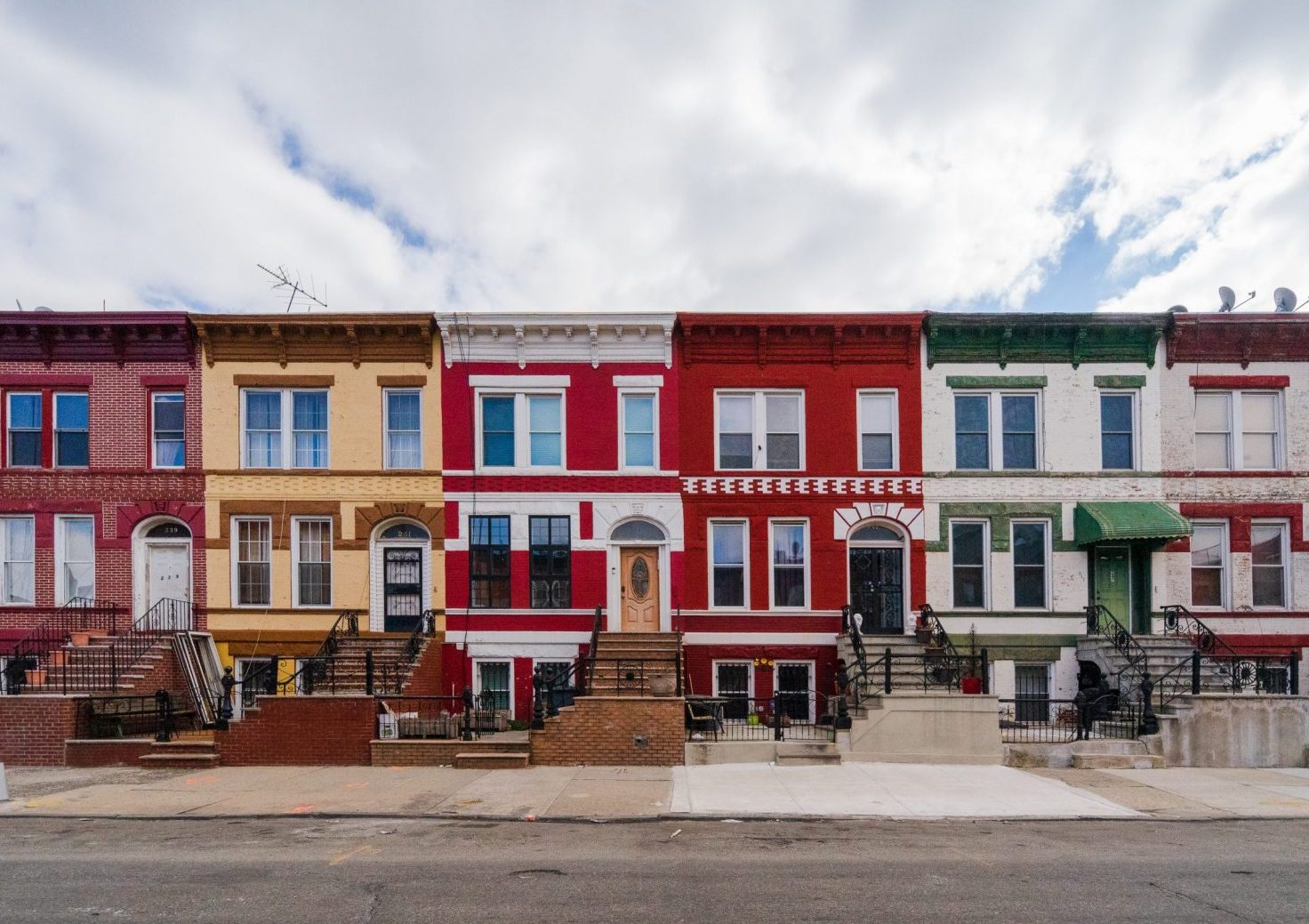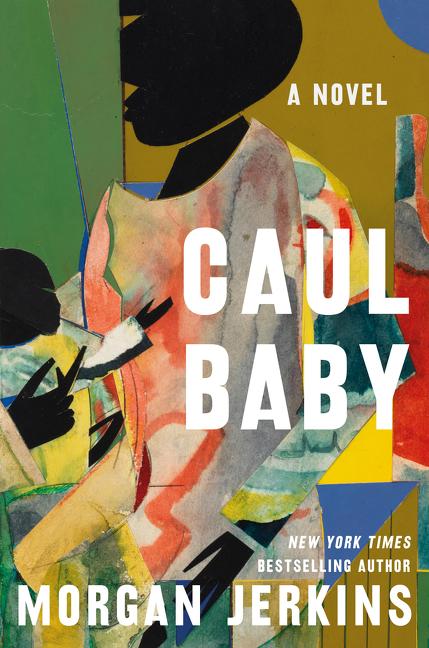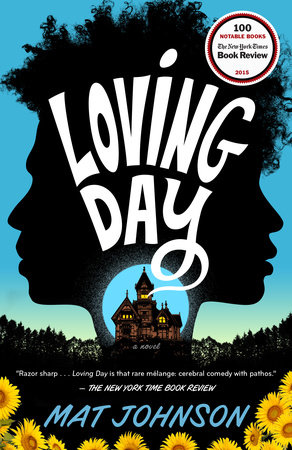If you enjoy reading Electric Literature, join our mailing list! We’ll send you the best of EL each week, and you’ll be the first to know about upcoming submissions periods and virtual events.
When I moved to Harlem in the summer of 2015, it was—and still is—in the midst of rapid change. Rent prices were skyrocketing, new cafes seem to emerge on every block, and the racial demographics were shifting.
As someone from a modest town in Southern New Jersey, my senses ran amok. Not only was I thinking about my vulnerabilities as a Black woman in a metropolis such as New York City, I was also thinking about cultural and physical displacement. There were times when I thought about who occupied the brownstone in which I lived for weeks on end, what secrets were safe kept within the walls and throughout the corridors. I thought about the larger context of Black people and our uprooting from place to place. From there, the seeds of Caul Baby began to take hold.
Caul Baby is a novel about a Harlem-based family of Black women who have created a lucrative enterprise off of selling their caul, an extra layer of skin that is believed to provide protection and healing. Their desperation to maintain their stake within this gentrifying neighborhood with the decisions they make towards their children put them at odds with not only each other, but also their neighborhood.
Here are 7 books about gentrification:
The Turner House by Angela Flournoy
This story comprises of so much—a house that’s been in a family for decades, the downfall of a historical section of Detroit, and the haints that never leave us alone. Flournoy’s debut novel depicts a home that breathes along with its characters and teaches them the consequences of their dynamics with one another.
How To Kill A City by p.e. Moskowitz
p.e. Moskowitz’s nonfiction book explores gentrification in some of America’s biggest cities—New York, New Orleans, Detroit, Seattle. Not only does Moskowitz expose the cracks of how gentrification has killed city life on the large scale, but they also give human portraits to show the ruin on an intimate, unforgettable level.
Red at the Bone by Jacqueline Woodson
An insular novel, Red at the Bone grapples with the choices that our parents and grandparents make as history and community within a Brooklyn brownstone collide.
Loving Day by Mat Johnson
A biracial man returns from Europe to the Brotherly City of Love, Philadelphia, because his father left him a dilapidated mansion. He soon realizes that this home is haunted as he reckons with his own identity as it relates to Blackness.
Halsey Street by Naima Coster
A novel about return and reckoning, Coster’s debut centers on a woman coming home to a gentrifying Brooklyn where she gets a little too close to her wealthy white neighbors, with jaw-dropping consequences.
Survival Math by Mitchell S. Jackson
From the start of Survival Math, Jackson uses his lineage and family history to answer the siren calls of the past. Jackson renders Portland and its Black residents in all of their grandiosity while grappling with the impact of the city’s racist history.
It Was All A Dream by Reniqua Allen
This may seem like an outlier to the others but It Was All A Dream forced me to contend how much Black millennials have gotten the short end of the stick in terms of financial stability and long-term employment. The stakes for survival are much higher and the humanistic stories she reports on kept me glued to the page from cover to cover.








